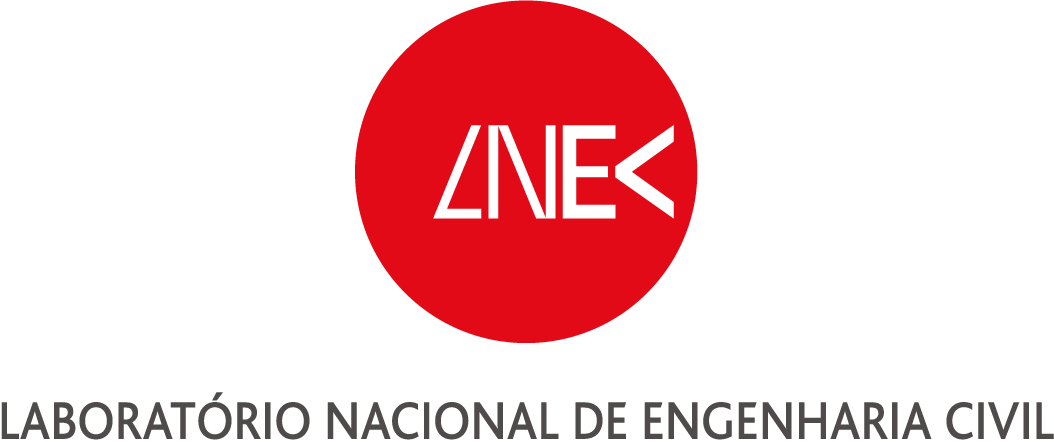
The Reclaimed water quality model in distribution systems is a complete hydraulic and water quality extended-period simulation model for pressure flow networks, designed to simulate the advection, mixing and transformation of waterborne parameters in reused water. It aims primarily at mapping and quantifying risk in reclaimed water distribution networks. The modelling and data analytics developed by LNEC were used to develop a cloud-based tool by Baseform using its own proprietary Java-based, web-centric software platform designed for networked infrastructures, in the scope of B-WaterSmart project. Applied in reclaimed water distribution networks of Lisbon WOLL. A non-commercial cloud-based or desktop-based version was developed by LNEC in the scope of UP2030 project and water4all partnership.
The tool is part of a sequence of four apps that jointly provide a complete ability to match water supply to demand, while managing water volume, cost, energy, nutrients and risk, with full GIS-compatible georeferenced capabilities. The apps are made available within the market-tested BASEFORM water analytics package, which is used by utilities around the world servicing over 25 million people. This tool adds full reclaimed water quality modelling capabilities to the BASEFORM software universe.
The Reclaimed Water Quality Modelling Tool supports cities' climate action pathways by enabling the safe and efficient integration of reclaimed water into urban water systems, thereby reducing reliance on potable water and enhancing water resilience. Developed under the B-WaterSmart project and applied in four full-scale reclaimed water distribution systems’ pilots in Lisbon, the tool simulates water quality dynamics (e.g., chlorine decay, bacterial regrowth) across distribution systems, helping municipalities manage microbial risks and safeguard public health in non-potable reuse scenarios.
By ensuring the quality and safety of reclaimed water throughout its distribution, the tool facilitates its broader acceptance and application for urban irrigation, street cleaning, and industrial processes—activities that currently depend heavily on drinking water. This shift contributes directly to climate adaptation by securing alternative water supplies resilient to droughts and heatwaves. It also supports climate mitigation goals by reducing the carbon footprint associated with long-distance potable water supply and treatment.
Additionally, the tool informs strategic urban planning by providing robust modelling outputs for water reuse infrastructure, helping cities prioritize investments that align with sustainability targets, circularity, and compliance with EU water reuse regulations.
Dr. Rui Viegas
rviegas@lnec.pt





